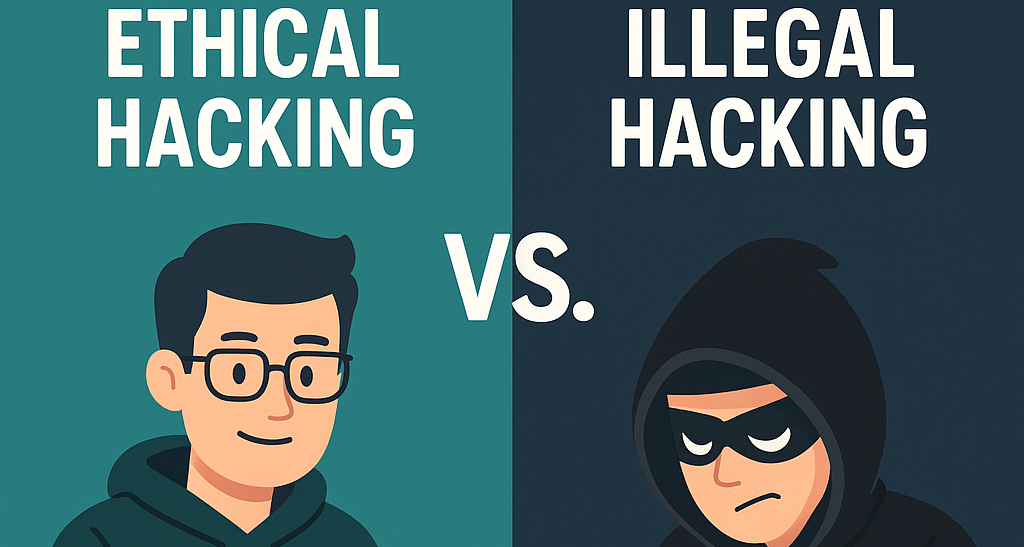Ghost Accounts: The Cybersecurity risk of Inactive Digital Identities
In the ever-growing digital landscape, accounts outlive the people who created them. Millions of online accounts, including cloud drives, social media profiles, and email boxes are left untouched long after their owners have died or stopped using them. These so called “ghost accounts” are cybersecurity timebombs, not just digital documents.

What are Ghost Accounts?
Ghost accounts refer to user accounts that are no longer managed or monitored. They may belong to:
- Former employees
- Deceased individuals
- Forgotten online services
- Dormant app registrations or test accounts
These accounts are prime targets for attackers because despite being inactive, they frequently still have access to private data or permissions.
Why are they Cybersecurity threat?
- They’re simple to ignore: Inactive accounts do not trigger alarms. Attackers love it when no one logs in or checks their activity. During security audits, these accounts often go unnoticed.
- Weak or outdated credentials: Ghost accounts usually use outdated passwords are not protected by multi-factor authentication (MFA) and may rely on outdated security practices.
- They often enjoy the privileges: Critical infrastructure may still be accessible through forgotten doors, such as an old admin account belonging to former employees who could still have access to critical infrastructure leaving the system vulnerable.
- No monitoring or logging: Since ghost accounts are inactive, their activity isn’t expected so any unauthorized access may go unnoticed.
Some real-world examples
- Yahoo Breach (2013-14): Attackers use dormant accounts and poor password hygiene to breach over 3 million accounts.
- Capital One (2019): Misconfigured and forgotten AWS credentials allowed massive data theft.
How to protect against them?
Organizations should put a few crucial tactics into practice to lessen the risks that ghost accounts present. To prevent unused identities from remaining active indefinitely, lifecycle policies have the ability to automatically deactivate accounts after a predetermined amount of inactivity. Additionally, since credentials eventually become invalid by nature, using expiring access tokens and secrets helps limit long-term exposure. Enforcing multi-factor authentication (MFA) on all accounts, even those that are not in use, is also essential. This will provide an additional layer of security if credentials are compromised. Lastly, in order to maintain a secure and minimal access environment, organizations should implement continuous identity governance practices, auditing and clearing out unused permissions and old accounts on a regular basis.
Conclusion
Ghost accounts are a metaphor for the cybersecurity debts of the digital age in a world where data is immortal. Although they are discreet, quiet, and frequently overlooked, they are excellent entry points for an attacker. Finding and removing ghost accounts ought to be a key component of your defense plan, regardless of whether you’re in charge of your personal digital estate or business infrastructure.
Avoid making forgotten accounts your weakest point. Your security team shouldn’t be haunted by the dead.




